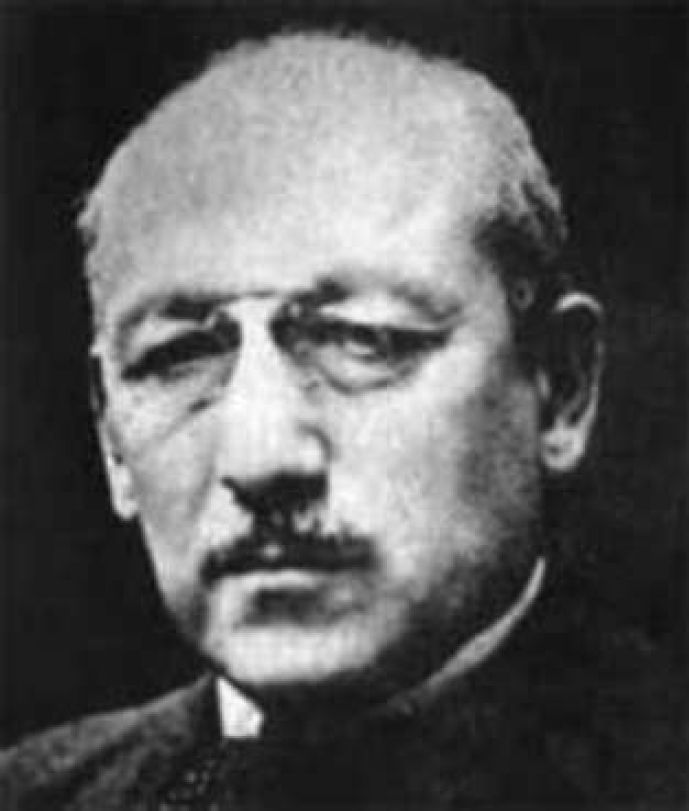Gaétan Henri Alfred Edouard Léon Marie Gatian de Clérambault was born at la Bourges, not far from Paris, on 2 July 1872. At his father's request, and in accordance with family tradition, he studied law, and only after graduation de Clérambault began to study medicine. His doctorate was dedicated to pilot health after aircraft accidents. From 1905 until his death in 1934, de Clérambault worked in different fields of medicine. His first psychiatric work, in 1909, was about hallucinations. De Clérambault introduced the term ‘psychological (mental) automatism’ and suggested that the mechanism of ‘mental automatism’ might be responsible for ‘hallucination experiences’. He divided psychological (mental) automatism into three types: associative, sensitive and motor. This syndrome referring to delusions of external control is named Kandinsky–Clérambault's syndrome. In 1927 de Clérambault first described the syndrome ‘psychose passionelle’ – then named after him – in which a person believes that he or she is the focus of attention of some famous person. It is a type of paranoid delusion, with the content of an amorous quality. De Clérambault stated that the patient was usually a woman who had developed a delusional belief that a man, with whom she may have had little or virtually no contact, was in love with her.
De Clérambault was a well-educated, successful figure not only in medicine but also in art – many of his paintings are in museums now, as are his clothes models with oriental motifs. He took approximately 30 000 photographs between 1914 and 1918. Some were taken as part of a research project on the symptoms of hysteria. He taught about the art of draped costumes at the Ecoles des Beaux Arts in Paris. Much of his photograph collection can be found at the Musée de l'Homme in Paris.
His encyclopaedic knowledge included five languages. On 16 November 1934, after two unsuccessful operations for cataracts, seated with his camera focused on the mirror in front of him, he shot himself with his officer's revolver. In 1942, one of his students, Jean Fretet, published two volumes of de Clérambault's works under the title Oeuvre Psychiatrique. DeClérambault's life and art are depicted in the film The Cry of Silk (1996) directed by Yvon Marciano.

G. G. de Clérambault, 1880 (from the collection of Professor Lerner's father)



eLetters
No eLetters have been published for this article.